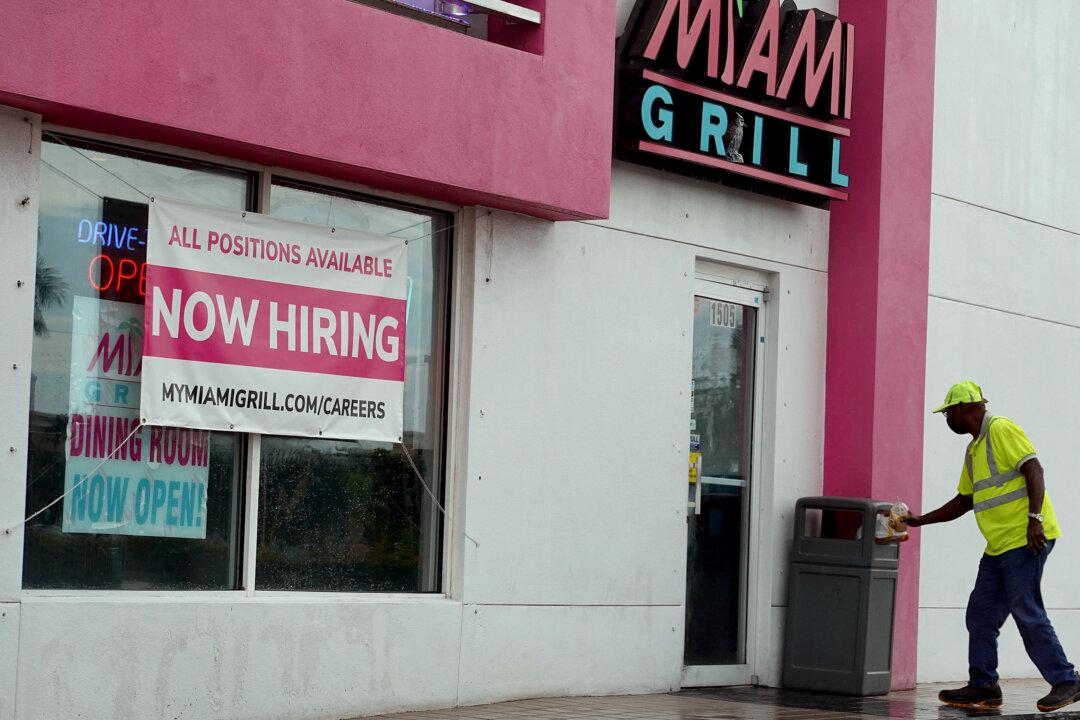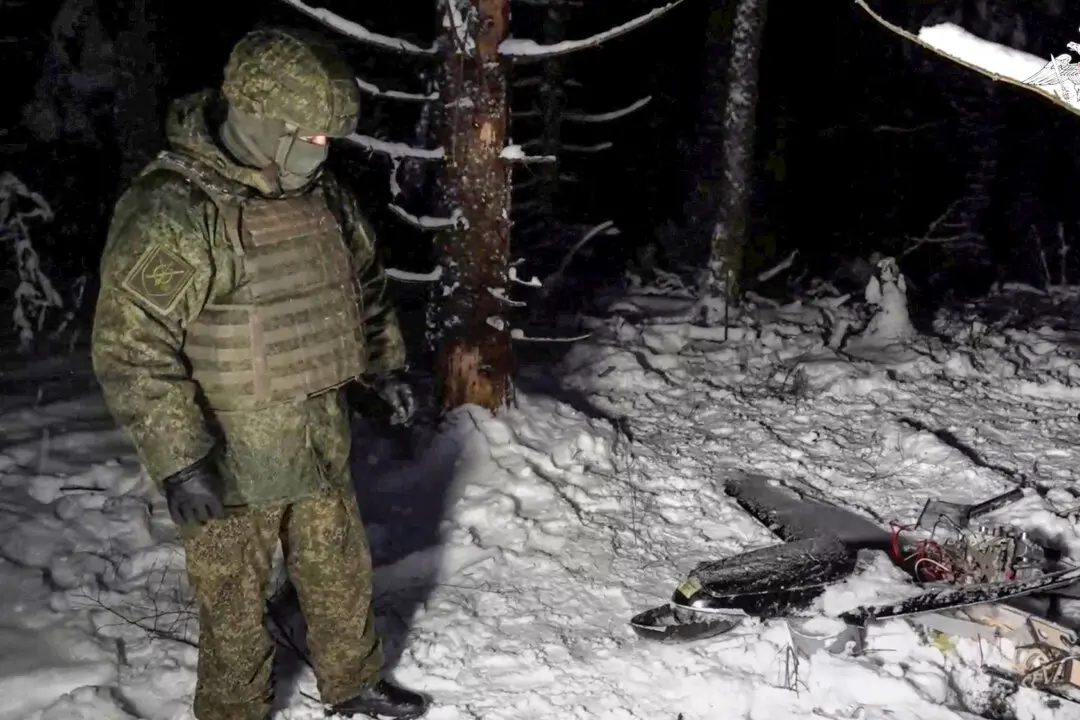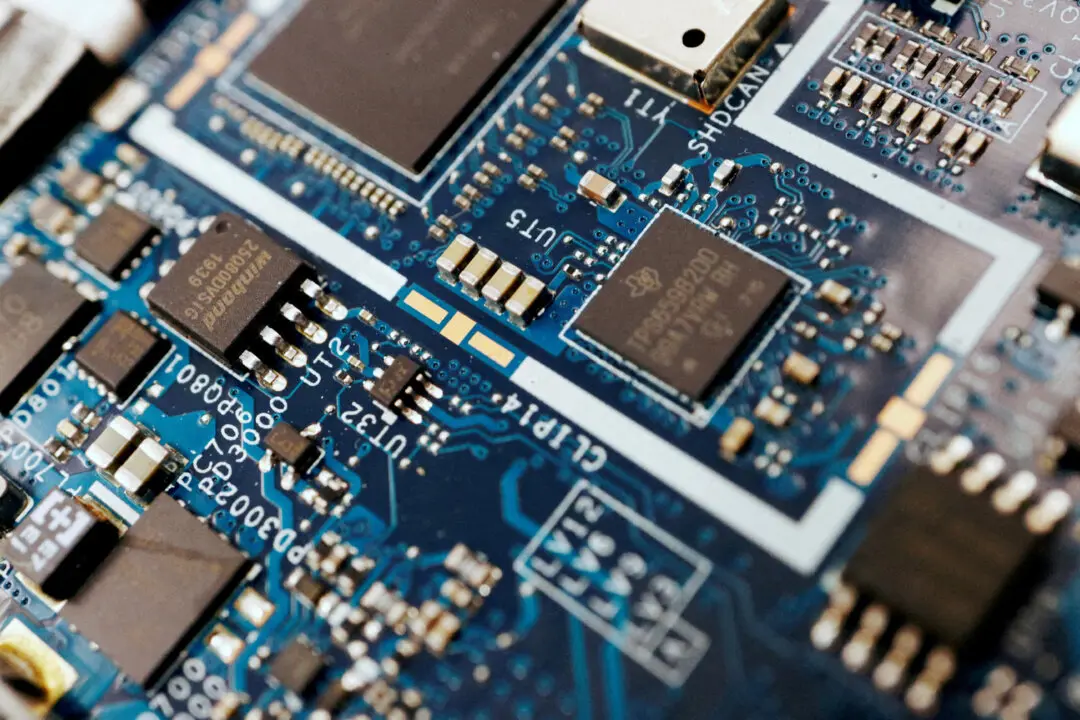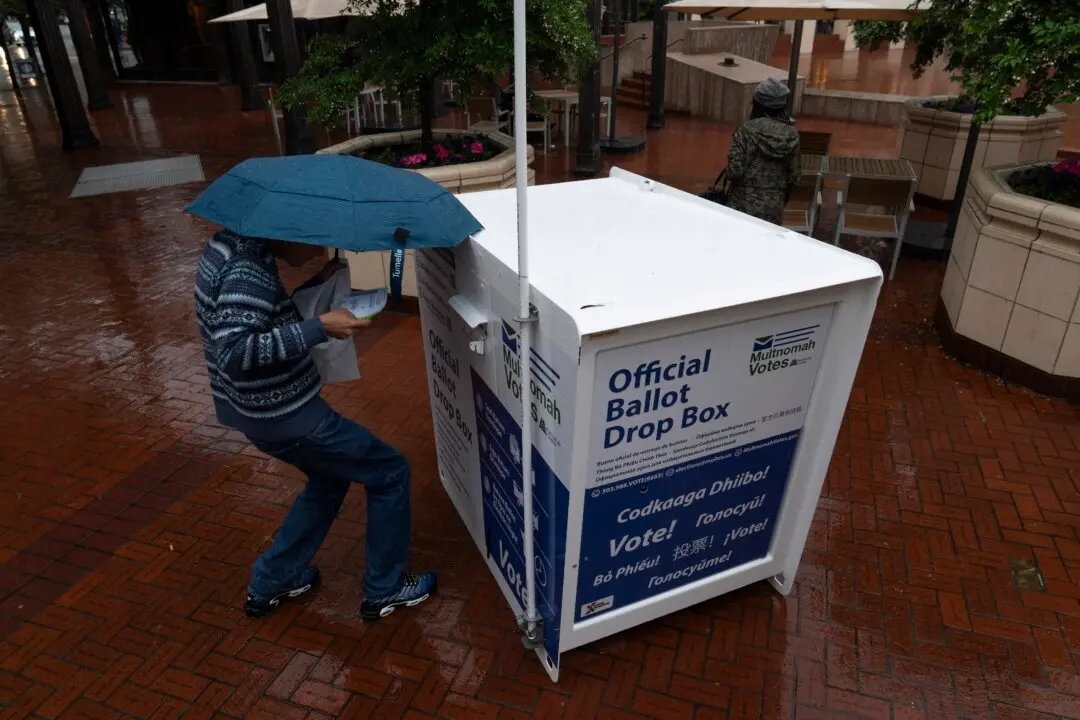Overall optimism among small-business owners edged down in September while the level of confidence in the six-months-ahead outlook for business conditions fell to a nine-year low as inflation and hiring difficulties took a bite out of sentiment, according to the National Federation of Independent Business (NFIB).
The NFIB’s so-called optimism index fell by one percentage point to 99.1 in September, according to the group’s Oct. 12 Small Business Economic Trends report (pdf).





